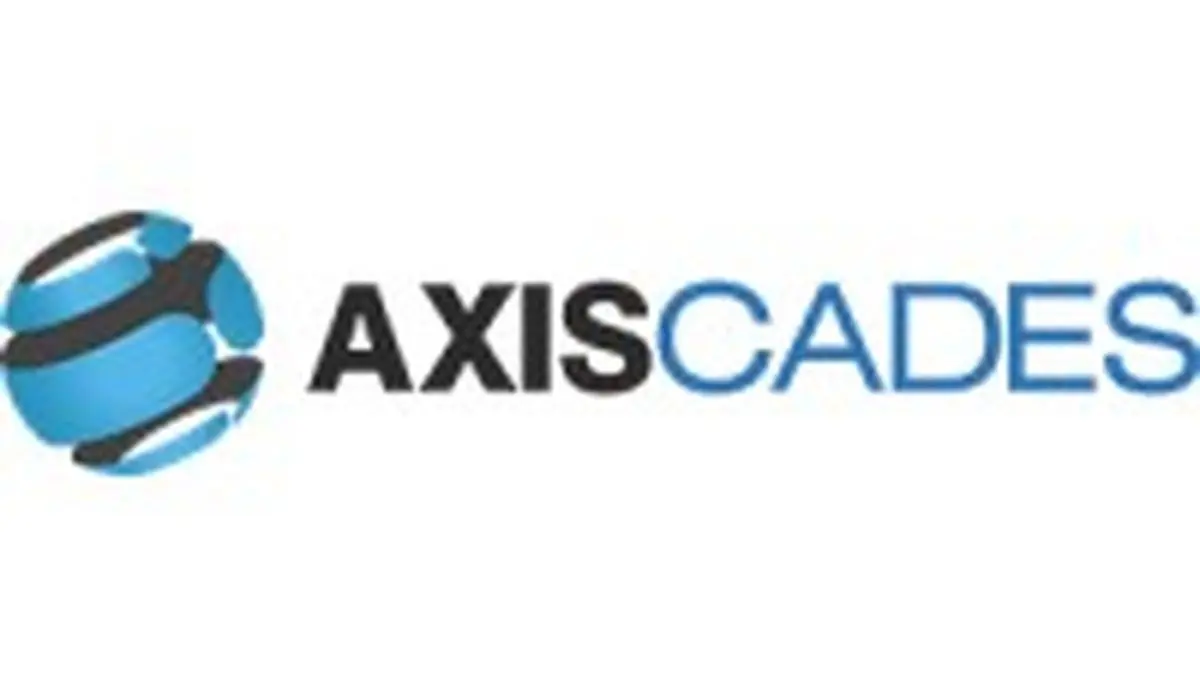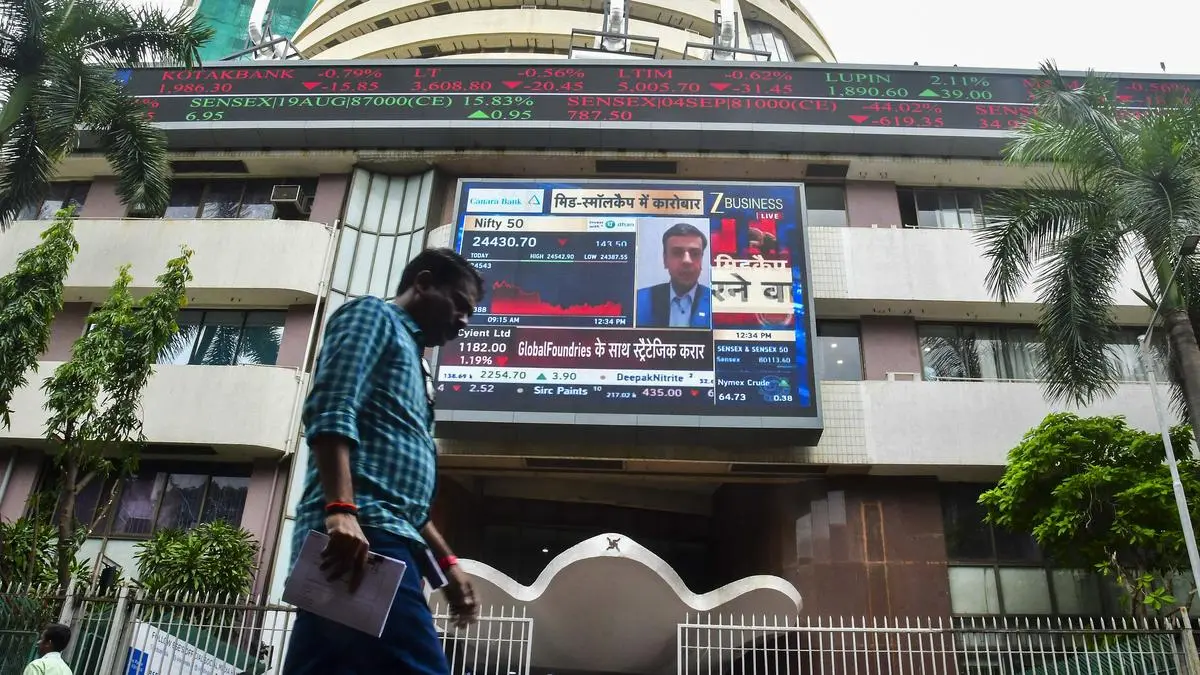
Axiscades reports 9% revenue growth in Q1, sets ambitious ₹9,000 crore target by 2030
Axiscades Technologies Ltd reported consolidated revenue of ₹244 crore for the quarter ended June 30, 2025, marking a 9 per cent year-on-year growth from ₹224 crore in the same period last year. The aerospace, defence and electronics company also posted a 25 per cent increase in profit after tax to ₹21 crore.
The company’s core business domains showed stronger performance, with 17 per cent growth year-on-year. Defence revenue jumped 22 per cent, while the Electronics, Semiconductors and AI (ESAI) segment grew 34 per cent compared to Q1FY25. Aerospace revenue increased 7 per cent during the quarter.
EBITDA rose to ₹34 crore from ₹31 crore in the previous year, though margins remained steady at 14 per cent. When adjusted for one-time write-backs in Q1FY25, normalised EBITDA showed an 86 per cent increase. Diluted earnings per share improved to ₹4.8 from ₹3.8.
Chairman Dr. Sampath Ravinarayanan unveiled the company’s “Power 930 Plan” targeting ₹9,000 crore ($1 billion) in revenue by fiscal 2030. The strategy involves shifting from a services-focused model to an 80:20 product-to-services revenue mix and achieving 40 per cent year-on-year growth in core domains.
CEO Alfonso Martinez projected sustained revenue growth above 40 per cent with targeted EBITDA margins of 19.5 per cent, while committing to over 25 per cent topline growth and 300 basis points EBITDA improvement for the current fiscal year.
The shares of Axiscades Technologies Ltd were trading at ₹1,295.10 down by ₹68.10 or 5 per cent, locking itself in the lower band at 2.45 pm.
Published on August 8, 2025



